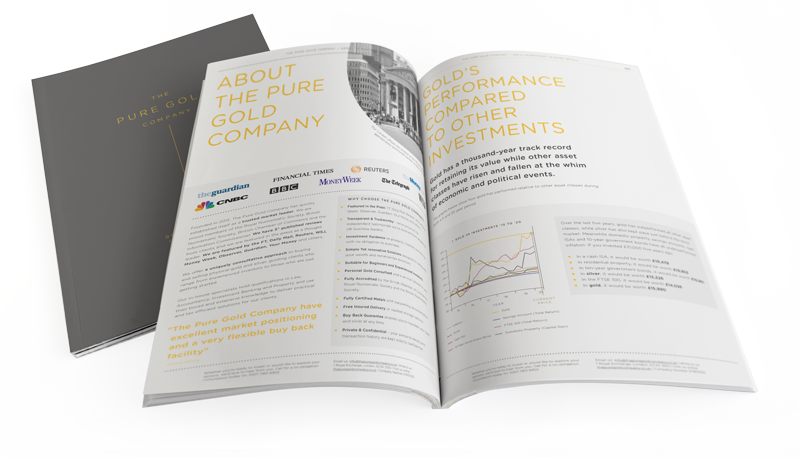30/05/2017
By The Pietra Sussan Company
In mid-May a massive cyberattack took down large chunks of the NHS and attacked computers worldwide, including Chinese ATMs and the Russian Interior Ministry.
The Wannacry worm locked user’s files and demanded a payment of $300 in Bitcoins to release them. The precise mechanics of its spread are not yet known at time of writing, but crucially it largely relied on a trick only possible on Windows XP, an older version of Microsoft Windows still used by many businesses and institutions thanks to its stability, but no longer patched for security by Microsoft themselves.
The global fight against Wannacry is proceeding as antivirus and anti-malware labs across the world search for ways to shut down the worm spreading the ransomware (helped by a researcher’s discovery that the worm was trying to connect to an unpurchased domain name, the purchase of which turned out to be a killswitch that stopped it from spreading) but the incident is far from over.
New versions of the worm are being released, many documents and computers are still encrypted and locked down by the initial version of the worm and it seems likely that the worm’s creators won’t even be able to honour their promise to the 10,000 or so users who’ve paid the demanded $300, as the Bitcoin accounts involved don’t seem to be able to identify those who pay into them.</s
Further malware attacks popped up after Wannacry, with the Petya malware devastating the Ukrainian government and further attacks launched against the British Parliament in June, possibly by Russian hackers. The latter resulted in MPs being locked out of their own email accounts and widespread disruption to the operations of government.
Deeply flawed systems
Why is this relevant to gold investment? In a wider context, the Wannacry debacle demonstrates a deep flaw in the systems that underpin society and the global economy – that no matter how big or important the institution, computer systems are fragile, and impossible to properly secure.
A number of systemic problems led to this relatively minor crisis, including the tendency for national IT security institutions to be offensively focused, leading to the “stockpiling” of known security flaws like the one on which the worm is based, the tendency of said stockpiles to leak (the American National Security Agency’s ETERNALBLUE tool was the basis for the worm that made the attack possible) and most importantly the tendency of major and crucial systems to be unpatched and insecure against all expert advice, to the point where a poorly-made piece of sloppy ransomware can crash major targets worldwide.
Among these major targets were both government agencies and banks. Cybersecurity is a major aspect of modern banking, hence the elaborate security theatre necessary to get into an online banking account, but even so banks everywhere see constant and relentlessly inventive cyber attacks. As banks shift increasing portions of their operations online, they become vulnerable to these attacks. HSBC and Loyds have both been affected by unsuccessful cyber attacks in the past, while Russia’s central bank was targeted in the Wannacry attack (although Wannacry only locked down the bank’s files, as far as is currently known).
Nonetheless, it’s in the banks’ interest to downplay or deny rumours of cyber-attacks compromising their security. Banks have to appear reliable and secure, otherwise their customers will rapidly pull their money and the bank will be finished. How often in the past few years have banks been unable to provide money because of technical glitches? Combined with the near-zero interest rates currently being paid, if banks can no longer offer watertight security, what’s the point of storing wealth with them?
A safer way to store wealth
This means that storing wealth in any quantity within either a bank or in the bank-dominated global financial system in any capacity has inherent risks. A major attack could take a bank offline for weeks, resulting in a crash in confidence and customers being left without money. Worse, if a major bank’s accounts were drained or compromised en masse, the resulting financial damage could be devastating, with customer’s accounts on the line to repair it.
Any money held electronically, from bank accounts to ISAs, savings, share dealing accounts and even “paper gold” holdings is vulnerable to massive or small-scale cyber attacks, and with weaknesses like those demonstrated in the Wannacry incident layered into systems worldwide simply remaining vigilant for ‘phishing’ attacks and ensuring one’s own account security is no longer enough. Wealthy investors in the UK have already been looking for an alternative form of investment that is not vulnerable to online attacks – Physical gold.
As a physical investment storage medium, physical gold can’t be hacked or electronically removed, and its value only rises at times of major economic uncertainty such as during major cyberattacks. If you’re looking for a safe haven for your wealth outside the banking system, physical gold, as well as physical silver provide insulation and reduction of investment risk as part of a balanced portfolio.
Some sources believe that the killswitch on the Wannacry worm may be replaced by its creators in the near future, meaning that it will continue to spread. Worse, the cost of upgrading global IT security to deal with it is massive, and many institutions can’t or won’t update their systems.
Worse still, the next major cyber attack to get lucky may be much harder to stop and much more professionally made. If you’re looking to protect your wealth with a durable, reliable asset, consider investing in physical gold and silver with The Pietra Sussan Company today.


